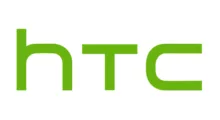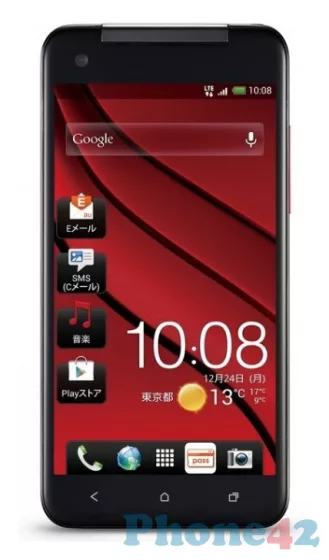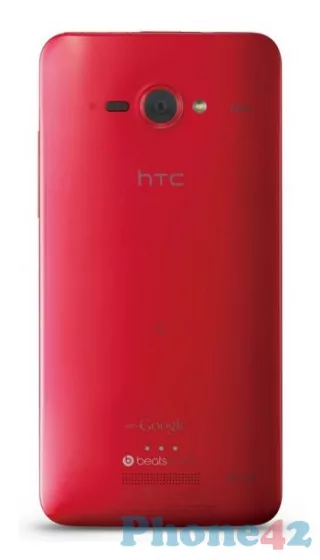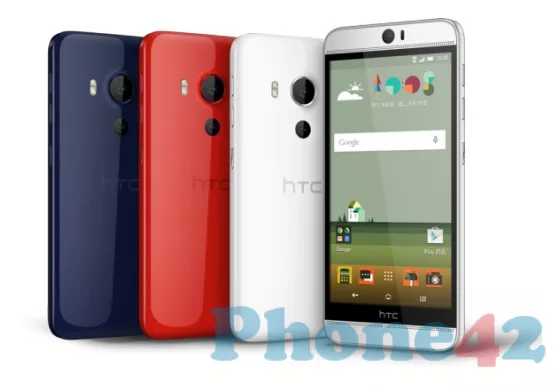
HTC Butterfly 3 (2015)
The manufacturer offers this phone with a 5.2 inch Super LCD 3 display, a Qualcomm Snapdragon 810 MSM8994 chipset, and 3 GB of RAM.
Keep reading to find out what else this phone can do.
Table of Contents
- HTC Butterfly 3 specifications
- Weight, dimensions, colors
- System, chipset, performance
- Display type, size, resolution
- Memory, storage
- Cameras, flash
- Connectivity, network, wireless
- Battery type, capacity, charger
- Features, sensors, specials
- Verdict, pros and cons
This article shares our personal experiences and thoughts about using the HTC Butterfly 3 smartphone. We hope to offer helpful insights to others interested in this device.

HTC Butterfly 3 specifications
| Brand | HTC |
|---|---|
| Name | Butterfly 3 |
| Model | B830 |
| Release date | 2015 |
Weight, dimensions, colors
| Weight | 5.68 oz |
|---|---|
| Dimensions | 5.94 x 2.87 x 0.39 inch |
| Colors | blue, red, white |
| SIM type | Nano SIM |
The weight of the HTC Butterfly 3 is still considered to be lightweight and portable. Smartphones use a Nano SIM as a subscriber identity module (SIM), which is a chip card.
System, chipset, performance
| OS version | Android OS v5.0 (Lollipop) |
|---|---|
| SoC | Qualcomm Snapdragon 810 MSM8994 |
| CPU | Quad-core 1.5 GHz Cortex-A53, Quad-core 2 GHz Cortex-A57 |
| GPU | Adreno 430 |
The HTC Butterfly 3 comes with Android OS v5.0 (Lollipop) out of the box. Android is an open-source operating system. This means the source code is free to the public. The quad-core mobile CPU can provide fast and efficient performance for mobile games. Smartphones, tablets, and other mobile devices use Adreno GPUs.

Display type, size, resolution
| Display type | Super LCD 3 |
|---|---|
| Screen size | 5.2 inch |
| Resolution | 1440 x 2560 px |
| Multitouch support | yes |
The 5.2 inch display make this smartphone pocket-friendly. The display size is the diagonal distance from one corner of the screen to the opposite corner.
Memory, storage
| RAM | 3 GB |
|---|---|
| Internal storage | 32 GB |
| Memory card slot | microSD |
The smartphone has 3 GB of RAM. It can run many apps at once without much lag or slowness. Having more RAM alone does not guarantee better performance. Generally, a smartphone should have a minimum of 32 GB of internal storage. The Butterfly 3 has 32 GB. We can expand the internal storage of the Butterfly 3 (32 GB) by using a compatible microSD card.

Cameras, flash
| Main camera | 20.2 MP, autofocus |
|---|---|
| Flash | Dual LED |
| Selfie camera | 13 MP |
This single camera can be enough for many smartphone users, it depends on their photography needs and preferences. The Butterfly 3 does not have optical image stabilization (OIS).
Connectivity, network, wireless
| GSM 2G bands | 850 / 900 / 1800 / 1900 |
|---|---|
| Network coverage | 2G / 3G / 4G |
| Wi-Fi | Wi-Fi 802.11 a/b/g/n/ac |
| Bluetooth | v4.1, A2DP |
| GPS | A-GPS, GLONASS, Beidou |
| NFC | yes |
| FM radio | yes, with RDS |
| USB | microUSB 2.0 |
| Headphone | 3.5 mm jack |
The HTC Butterfly 3 supports 4G/LTE networks. The Butterfly 3 supports the latest Wi-Fi standards. We can use Bluetooth to connect our Butterfly 3 smartphone to many Bluetooth devices. The Butterfly 3 has a GPS receiver. Many fitness and activity tracking apps rely on GPS. It is used to accurately measure and record outdoor activities. This phone is NFC (Near Field Communication) capable. The 3.5 mm headphone jack allows us to connect wired headphones or earphones to the device.
Battery type, capacity, charger
| Type | Li-Ion 2700 mAh, non-removable |
|---|
The Li-Ion 2700 mAh, non-removable battery gives the smartphone a good battery backup. The Li-ion is a low maintenance battery. It does not need periodic full discharge. The Butterfly 3 does not have a removable battery, it integrates the battery into the phone's design.
Features, sensors, specials
| Sensors | accelerometer, compass, gyroscope, light, proximity |
|---|---|
| Specials | HTC BoomSound, HTC Sense 7 |
Today, smartphones come with many sensors. They help make the user experience better. The accelerometer provides information about the smartphone's movement in three axes. These are X (horizontal), Y (vertical), and Z (depth). The light sensor is a type of sensor in a smartphone. It lets the phone measure light intensity around the device.
Verdict, pros and cons
Every phone has its strengths and weaknesses, and this HTC phone is no exception. As with any device, there are aspects that shine and others that fall short. By examining both sides, we can paint a complete picture of what this phone has to offer. Let's explore its standout features and areas for improvement. Remember, this is just my opinion, and yours might be different.
Pros
- microSD slot
Cons
- limited-size screen
- single camera setup
- no OIS function
- no 5G support
- no Type-C USB port
- low-capacity battery
- no fingerprint reader
Please let us know if you find incorrect information or something isn't working. Also, tell us if you have a suggestion for improvement.
Updated: June 26, 2024
 I'm Lucas Bradley, the founder of the Phone42.com site. I love technology, especially smartphones, and I've been working with tech stuff for more than 20 years. This means I've seen a lot of changes and have learned a bunch about what makes a good phone. On Phone42.com, I look at all kinds of phones. They can be from big, well-known companies or new ones trying to make their mark. I want to help people understand what's new and cool in the world of smartphones, in a way that's easy to get.
I'm Lucas Bradley, the founder of the Phone42.com site. I love technology, especially smartphones, and I've been working with tech stuff for more than 20 years. This means I've seen a lot of changes and have learned a bunch about what makes a good phone. On Phone42.com, I look at all kinds of phones. They can be from big, well-known companies or new ones trying to make their mark. I want to help people understand what's new and cool in the world of smartphones, in a way that's easy to get.